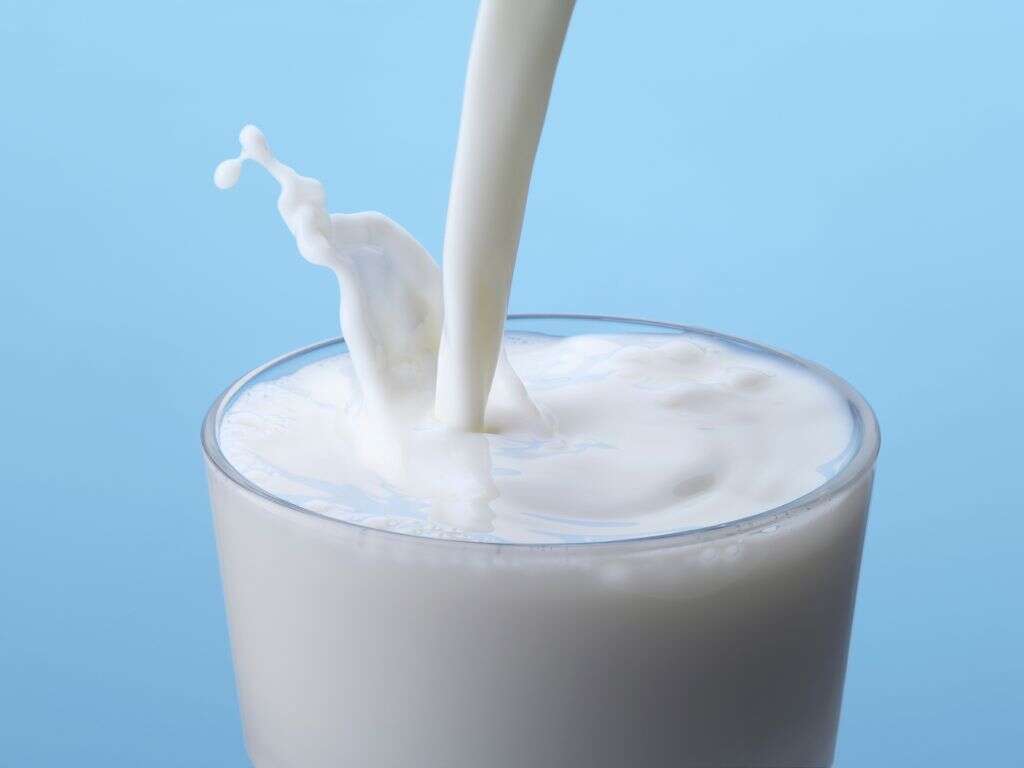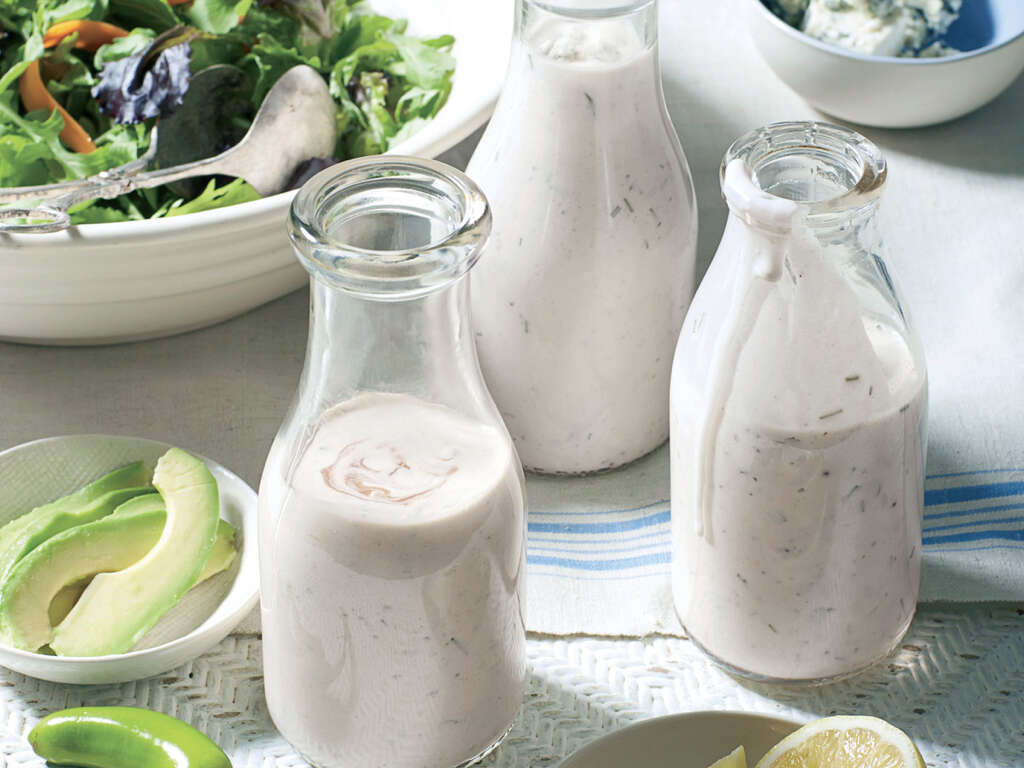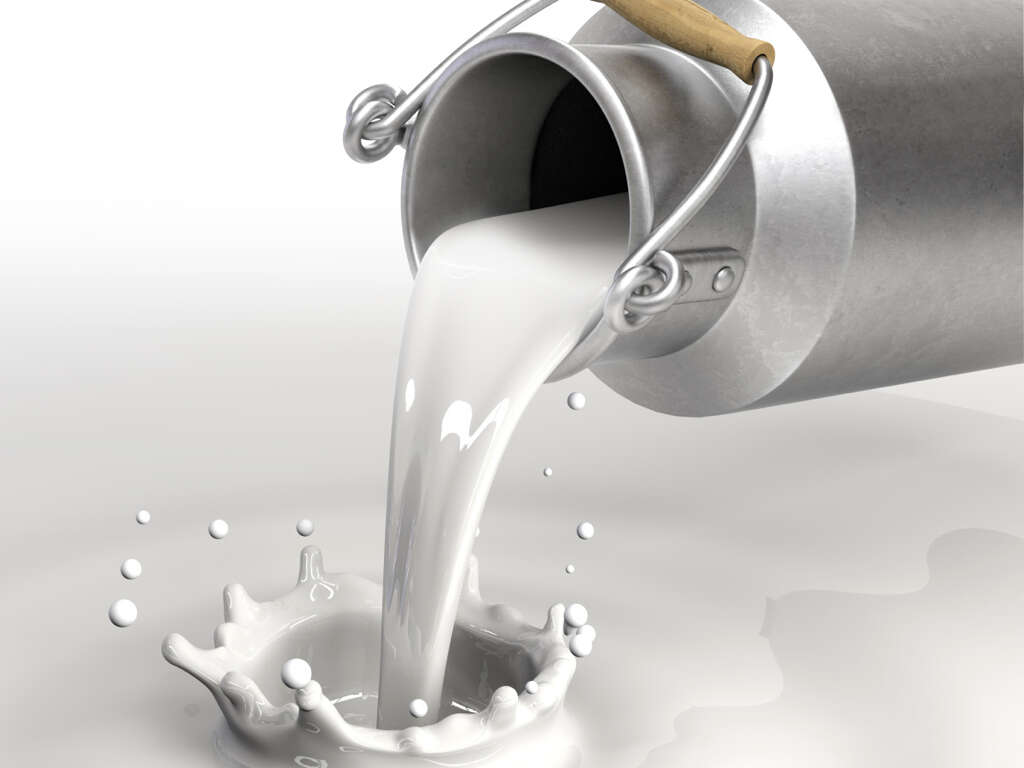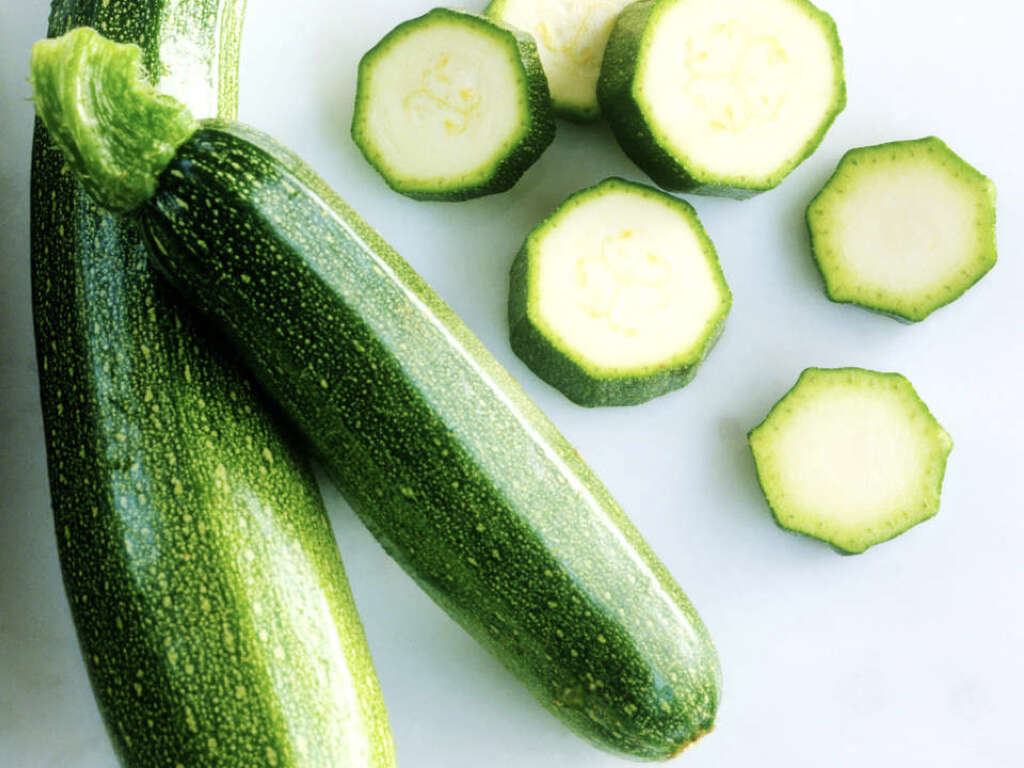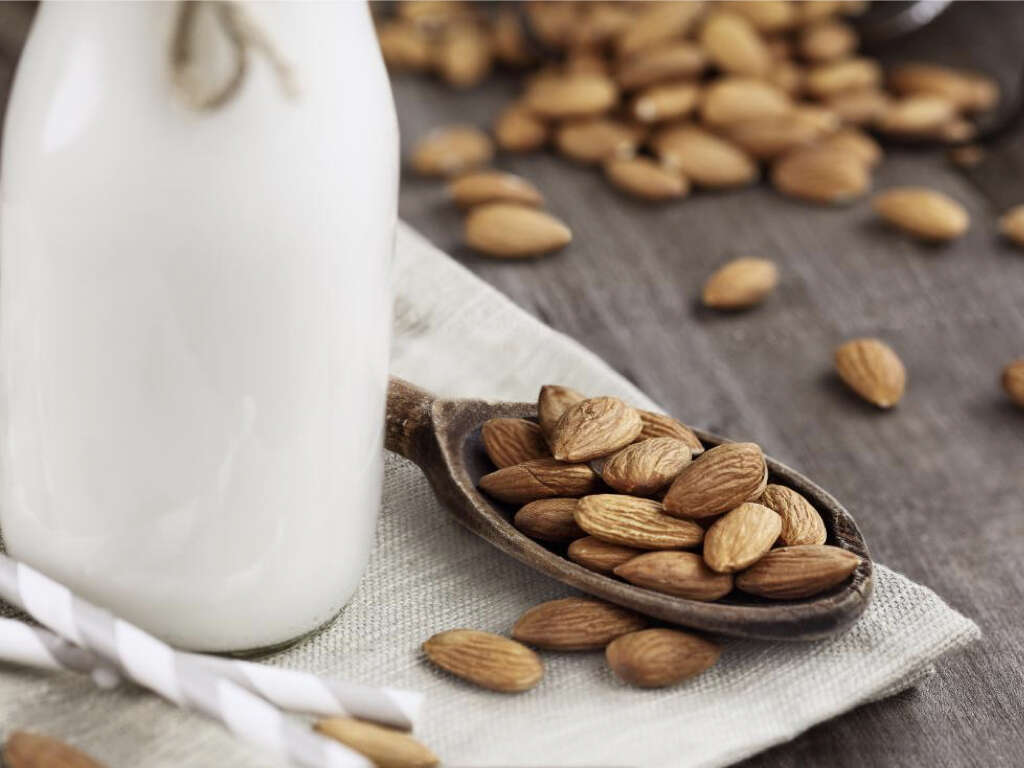Can You Freeze Milk?
Fresh milk is delicious, and goes great with breakfast or at night with some cookies. Milk is also used in many recipes and can be found in cuisines from all over the world. One drawback of milk, however, is that it tends not to last for long. It is necessary to use it within a few days, and this also means regular trips to the store to buy some more.
If you do a lot of cooking, this can be quite inconvenient, possibly making you wonder if you can freeze milk. The simple answer to this question is Yes! Below are some guidelines on how to get the best results.
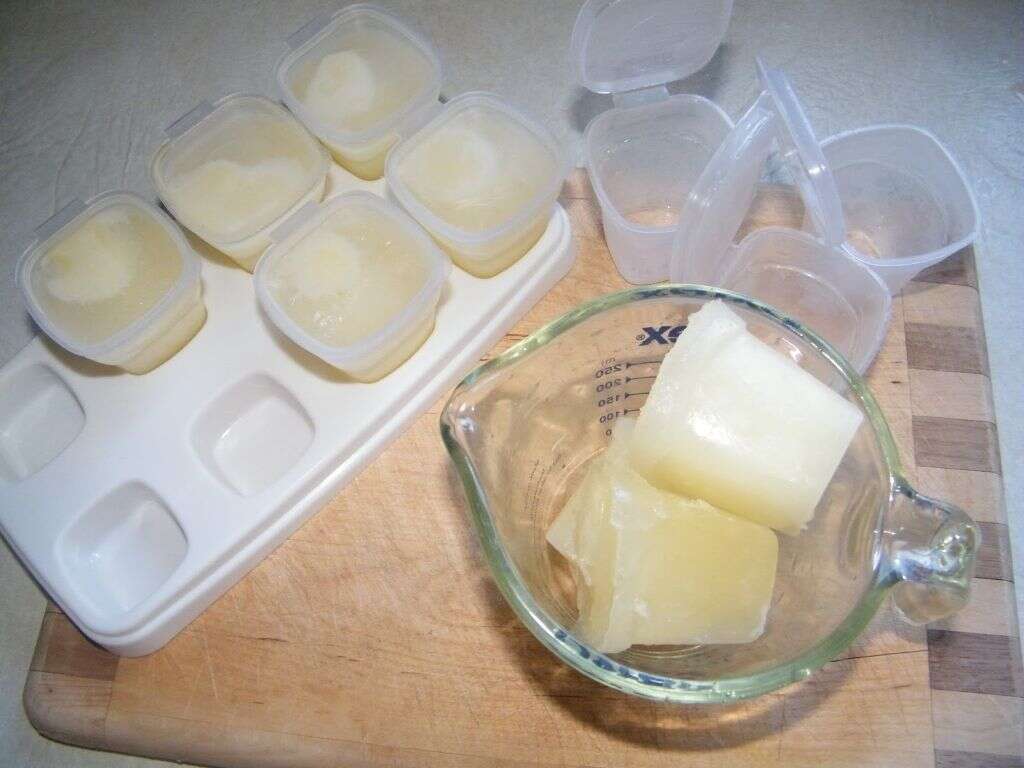
1. Allow for Expansion
When liquids are frozen, they will generally increase in volume, and milk is no exception. You will need to take this into account because, otherwise, you might find that your milk expands beyond the size of the container it is being kept in. This could potentially make a mess of your freezer, and the milk will likely need to be thrown away. The good news, however, is that this is very easy to avoid. When pouring your milk into the container, simply leave some room for the milk to expand into. The milk will return back to its normal volume once it has thawed out.
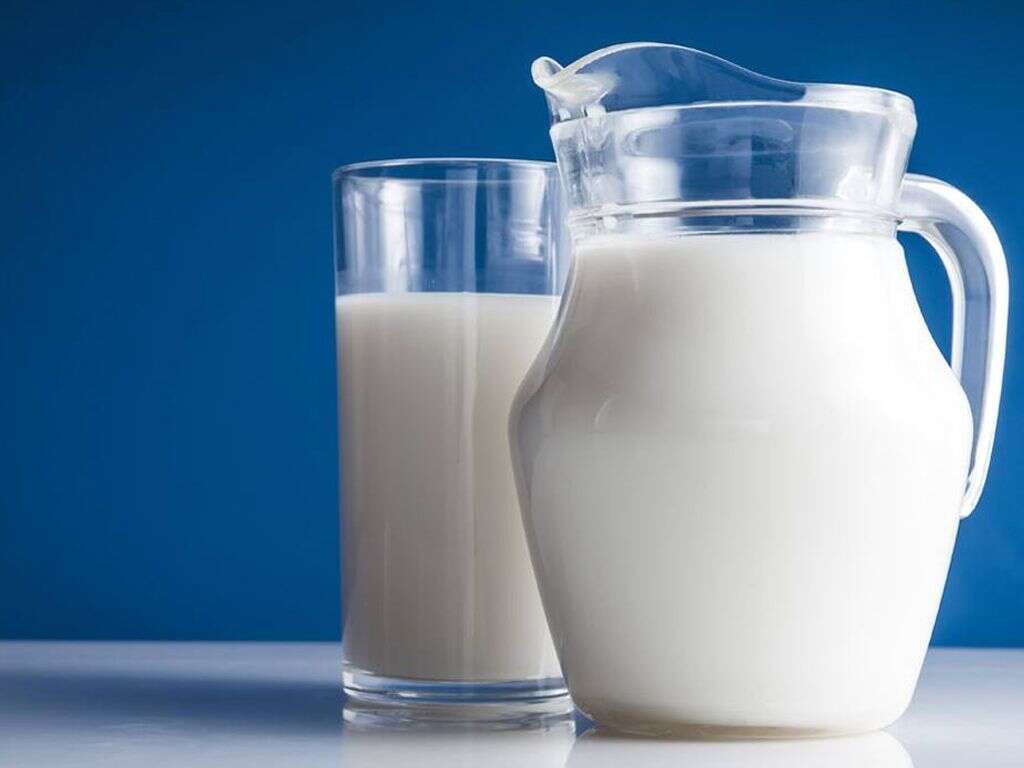
2. Label the Container
It’s a familiar scenario to many people that spend a lot of time in the kitchen: We go to use something that has been frozen previously, only for us to have forgotten how long it has been in there for. This can be a problem because certain foods can only be kept in the freezer for a limited period.
This is another issue that is very easy to overcome with just a little foresight. Make sure to label each container before you put it in letting you know what it is and when it was put in to freeze. Make sure to use labels and ink that will be able to withstand the freezing process.
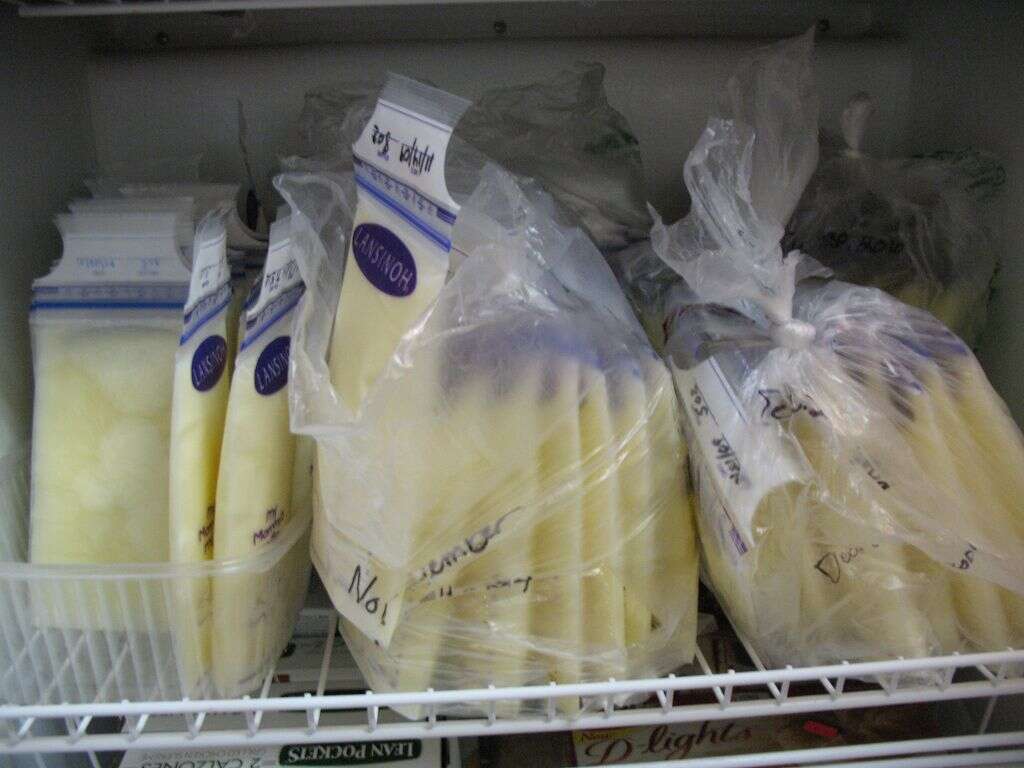
3. Separate Portions
There is a good chance that, at some point in the future, you will need some of the milk, but not all of it. This will be a problem, however, because the milk you have frozen will be in a single, solid lump. This could then mean having to defrost the lot, regardless of how much you actually need to use.
Again, this is another potential issue that is easy to avoid. Instead of using large containers to freeze your milk in, you can try using several smaller containers instead. Then, when you need to use some of your milk, it is easier for you take only what you need.
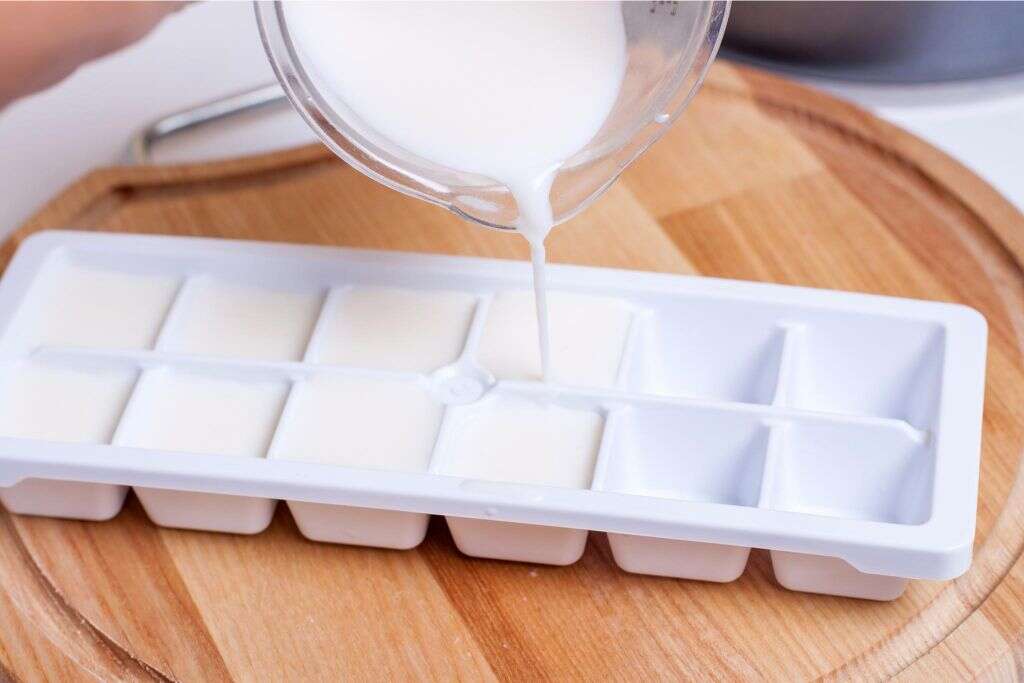
4. Freeze
Once you have sufficiently prepared the milk, it is then time to put it in the freezer. One last thing before you do, though: Have a think about where to put it and how you can access it. It can be quite inconvenient having to rummage through the freezer because other products are in the way.
Make sure that your freezer is set to below zero. Depending on the volume of milk you are freezing, it should be frozen solid within a day or so. If your milk is being stored in a clear container then you might notice that the milk and the fat are separating. This is perfectly normal, so there is nothing to be worried about.
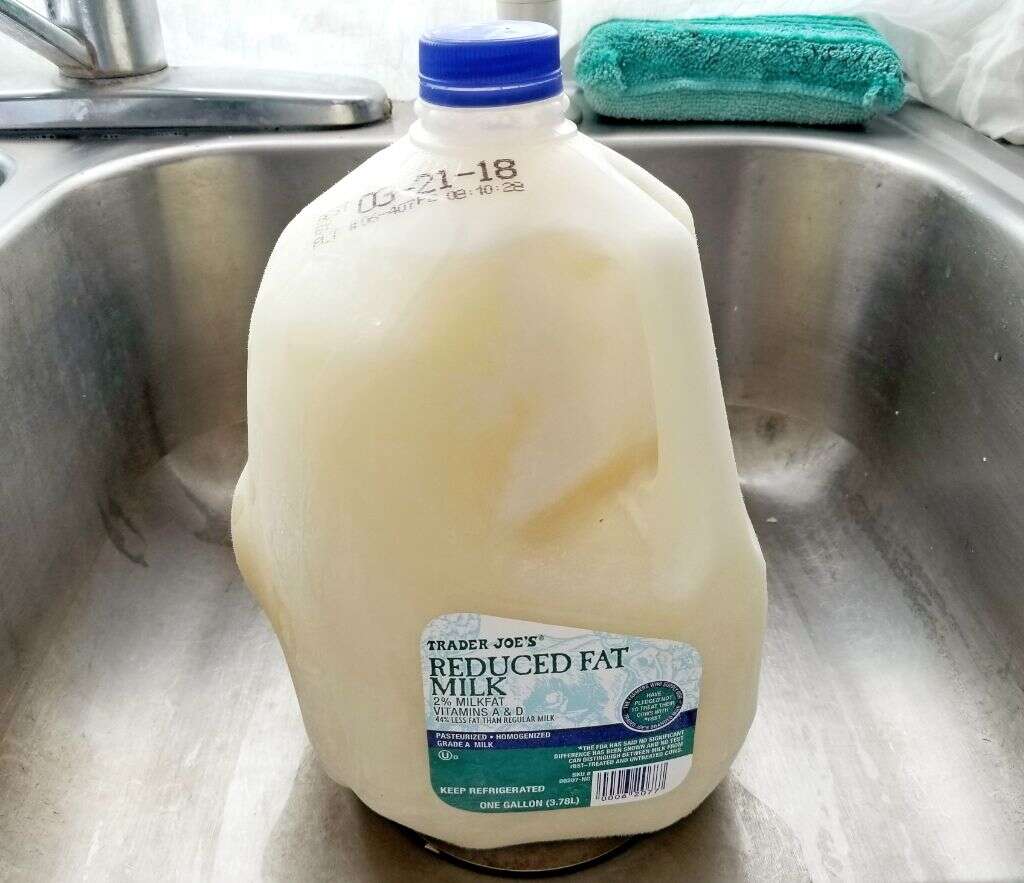
5. Keep Clear of Other Flavors
We’ve all taken something from the freezer only to find that it tastes odd. It might be that it has a slight fishy flavor, for example, despite there being no fish in the food. This is because flavors and odors can sometimes be picked up by other foods if they are kept too close to each other.
If you do have foods with strong flavors such as fish and some meats, try to store your milk away from them. Try to keep some distance between them if possible because flavors and odors can still be transferred even if your milk is in a separate container.

6. Store Up to 3 Months
Freezing milk, and other foods and drinks, will help you to keep it for much longer than otherwise, which is why some people choose to freeze it. That does not mean that you can leave it frozen indefinitely, however. When it comes to milk, the longest you should keep it in is around 3 months.
You could leave it in for longer, but you will find that it begins to deteriorate in quality. As mentioned, milk can absorb other flavors and odors and it will absorb more the longer it is left in. Other dairy products will last for a similar length of time in the freezer.

7. Thawing
We often freeze food nowadays. This is largely because doing so is very convenient, and we can simply take food out of the freezer and put it in the microwave for a while to help it thaw out. Depending on the food, however, this is often not a good idea. When it comes to milk, defrosting it in the microwave is never a good idea.
If you do try, then there is a very good chance that you will ruin it, and it will have to be thrown away. Instead, take it out of the freezer and put it in the fridge. It will take a while, but this is necessary to make sure it is still usable.
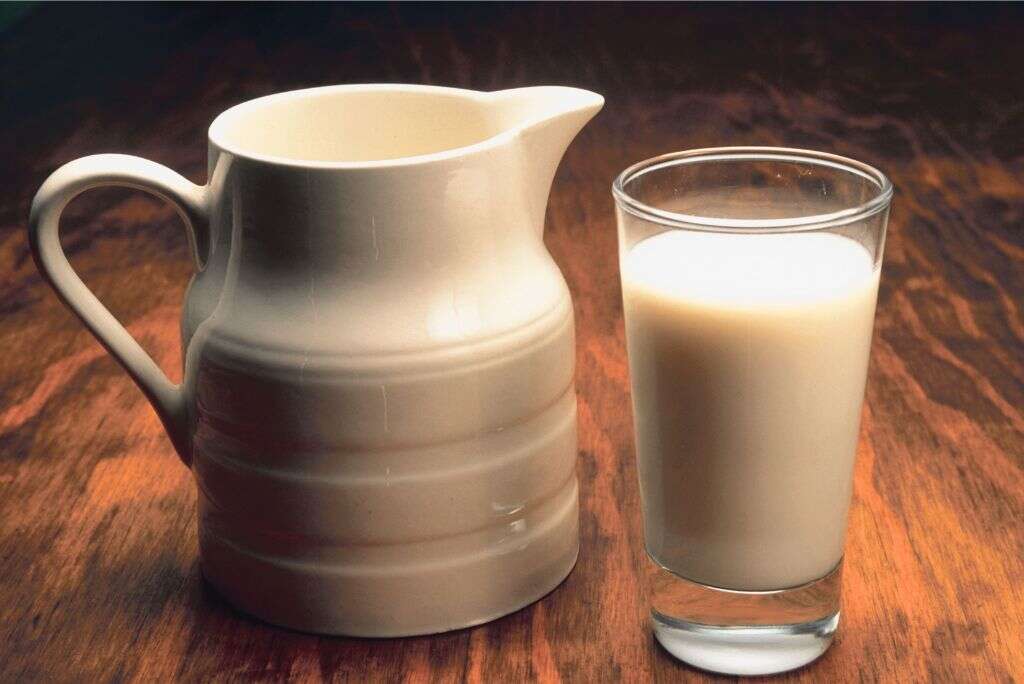
8. Serving Frozen Milk
Once you have thoroughly thawed out your milk you will need to consume it within 5-7 days. Freezing milk helps to keep it just as fresh as it was when you first put it in the freezer. Bear in mind this also means that you only have a day or two to consume it if it was close to its expiry when you first put it in the freezer.
If you follow the procedures correctly, then you should find that milk that has been frozen then defrosted is fine for drinking, even if its consistency and appearance does change a little.

9. Blend
Once your milk has thawed, it is a good idea to put in in the blender if you have one. This is because, as had been mentioned, the fat will separate from the milk during the freezing process. Blending will help to mix the two together again, and it can also help the milk to regain its original creaminess.
What’s more is that it can also help to break up any frozen lumps that are remaining. If you don’t have a blender then you should put the milk in a sealed container and shake. This method may not be as effective as a blender, but you should at least be able to make the milk and fat mix again.
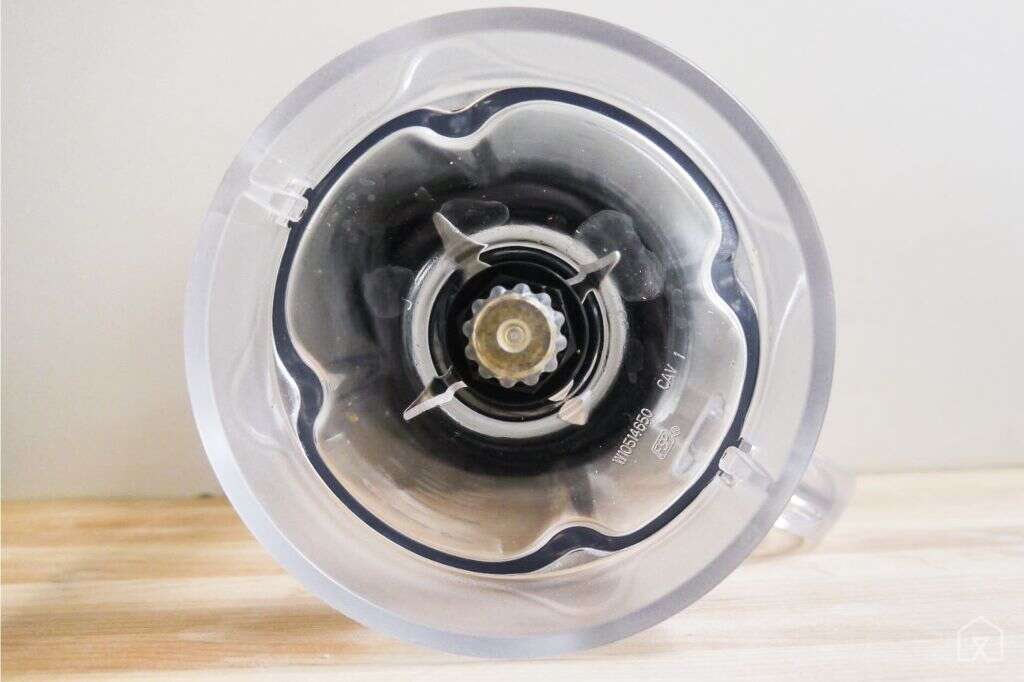
10. Texture
Freezing will often change some aspects of food and drink, and milk is no exception. When drinking milk that has previously been frozen, it is likely that you will notice the milk feels waterier than it usually would. You are also likely to detect some small lumps in the liquid. Despite this, it is still very safe to drink and the flavor should be identical to fresh milk.
If the change in texture is too much for you, that’s fine as well because it can still be used in cooking, in which case you won’t be able to tell the milk had once been frozen at all.
